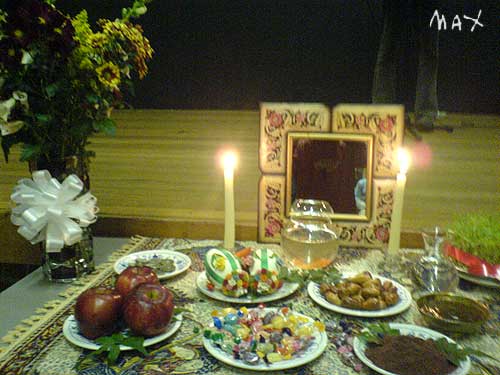
Eating meat has some advantages and some disadvantages. Some people's meals contain meat and some others don't. The second group is called vegetarians. People become vegetarian for different reasons, such as religious reasons, health, fad, economic, or moral reasons (against the killing of animals). Whatever their reason is, these people are healthier. 
Meat has more disadvantages than advantages especially red meat. Vegetarian diets are healthier. Most vegetarian diets contain lower total fat, saturated fat and cholesterol, which decrease the incident of heart disease. A research in US shows that, Vegetarians in the U.S. have a lower incidence of heart disease than nonvegetarians. And that's because vegetarian diets are low in fat.
Vegetarians also have a lower incident of high blood pressure and a lower rate of Type 2 diabetes than do nonvegetarians. And this is also because of the lower fat and more fiber in the vegetarian diets. Fibers help to decrease cholestrol (too much of which) is not good for heath.
Vegetarians (according to another research in U.S) have lower rates of death from colon cancer than nonvegetarians. This is also because of the increased fiber intake, decreased fat, and increased amounts of fruits and vegetables in the diet. There's also some evidence that vegetarians suffer less from osteoporosis, kidney stones, gallstones, and diverticular disease.

Meat has more disadvantages than advantages especially red meat. Vegetarian diets are healthier. Most vegetarian diets contain lower total fat, saturated fat and cholesterol, which decrease the incident of heart disease. A research in US shows that, Vegetarians in the U.S. have a lower incidence of heart disease than nonvegetarians. And that's because vegetarian diets are low in fat.
Vegetarians also have a lower incident of high blood pressure and a lower rate of Type 2 diabetes than do nonvegetarians. And this is also because of the lower fat and more fiber in the vegetarian diets. Fibers help to decrease cholestrol (too much of which) is not good for heath.
Vegetarians (according to another research in U.S) have lower rates of death from colon cancer than nonvegetarians. This is also because of the increased fiber intake, decreased fat, and increased amounts of fruits and vegetables in the diet. There's also some evidence that vegetarians suffer less from osteoporosis, kidney stones, gallstones, and diverticular disease.
Vegetarian diets are very healthy diets, which can prevent people from getting maladies such as heart troubles, high blood pressure and colon cancer. So if you desire to be healthier than you are, don't eat meat!






